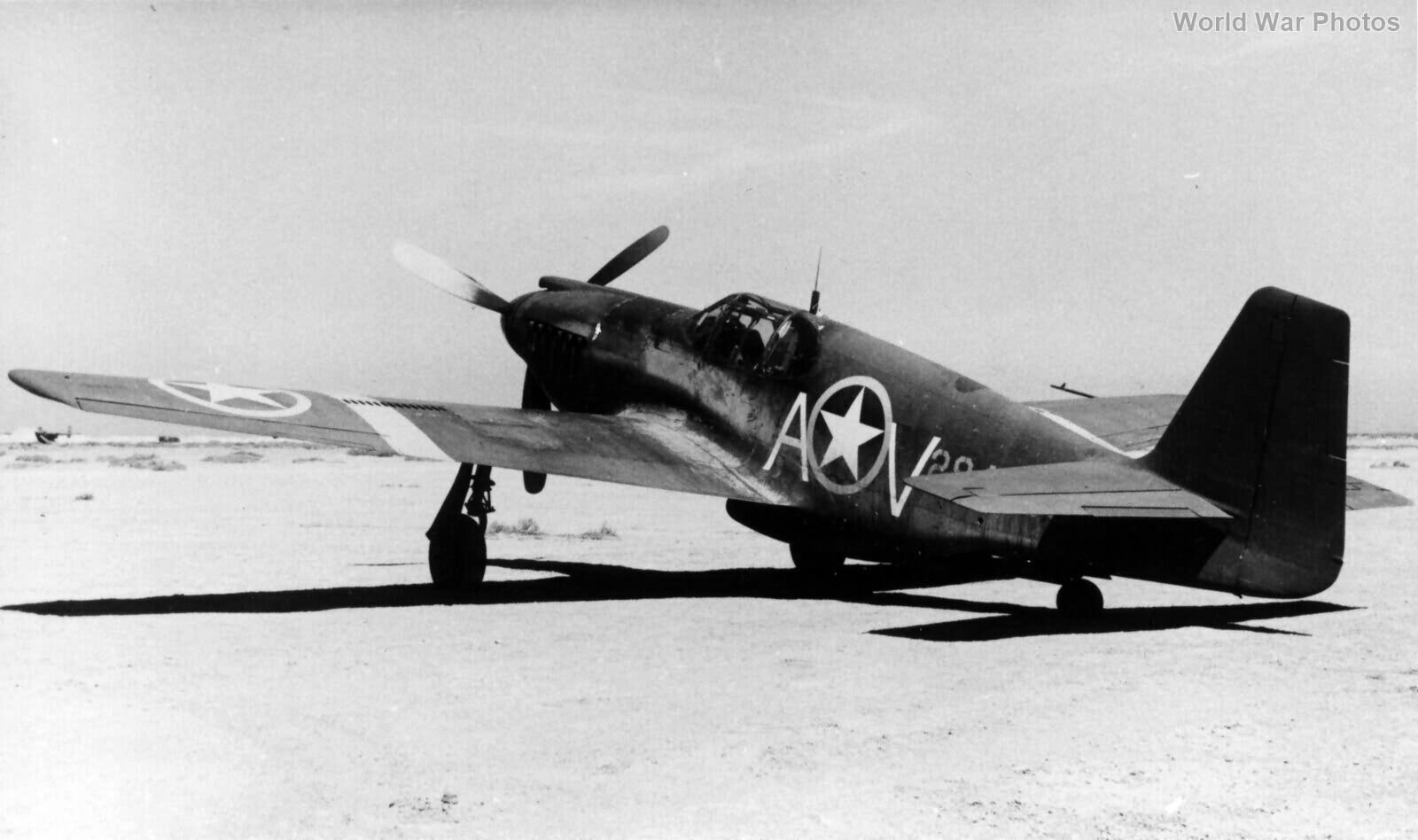The 27th Bombardment Group (Light), later redesignated the 27th Fighter Bomber Group and subsequently the 27th Fighter Group, had a notable service history during World War II. Here are key details about the group’s history, aircraft, and squadron markings:
Group History
- Initial Designation: Constituted as the 27th Bombardment Group (Light) in December 1939.
- Activation: Became active in February 1940.
- Initial Equipment: Originally equipped with Douglas A-20 aircraft.
- Deployment and Redesignations:
- North Africa: Moved in November 1942 and converted to the A-36 Apache by June 1943.
- Mediterranean Theater: Operated under the 12th AAF, participating in key campaigns such as Pantelleria, Lampedusa, the conquest of Sicily, and the Salerno landings.
- Aircraft Transition: Transitioned to Curtiss P-40s in January 1944 and then to P-47 Thunderbolts in June 1944.
- Designation Changes:
- August 1943: Became the 27th Fighter Bomber Group.
- May 1944: Redesignated as the 27th Fighter Group.
- Awards: Received a Distinguished Unit Citation for actions during the Salerno campaign in September 1943.
- Post-war: Returned to America in late 1945 and inactivated in November 1945.
Operational Squadrons and Markings
522nd Fighter Squadron
- Markings: No distinctive squadron markings, but unit coding was displayed on the fin. The squadron’s code was “A” positioned above the individual aircraft letter, both in white.
523rd Fighter Squadron
- Markings: Similar to the 522nd, with no distinctive markings. The squadron’s code was “B,” with the individual aircraft letter below, both in white.
524th Fighter Squadron
- Markings: Again, no unique squadron markings. The squadron’s code was “C,” positioned above the individual aircraft letter, both in white.
Aircraft Camouflage and Identification
- A-36A Apache: Featured an olive green and grey camouflage scheme.
- Identification Markings: Yellow identification stripes on the wings and large yellow tail numbers frequently painted on the rear fuselage.
